Affiliate links on Android Authority may earn us a commission. Learn more.
Top 5 smartphone features that are trending down or no longer exist
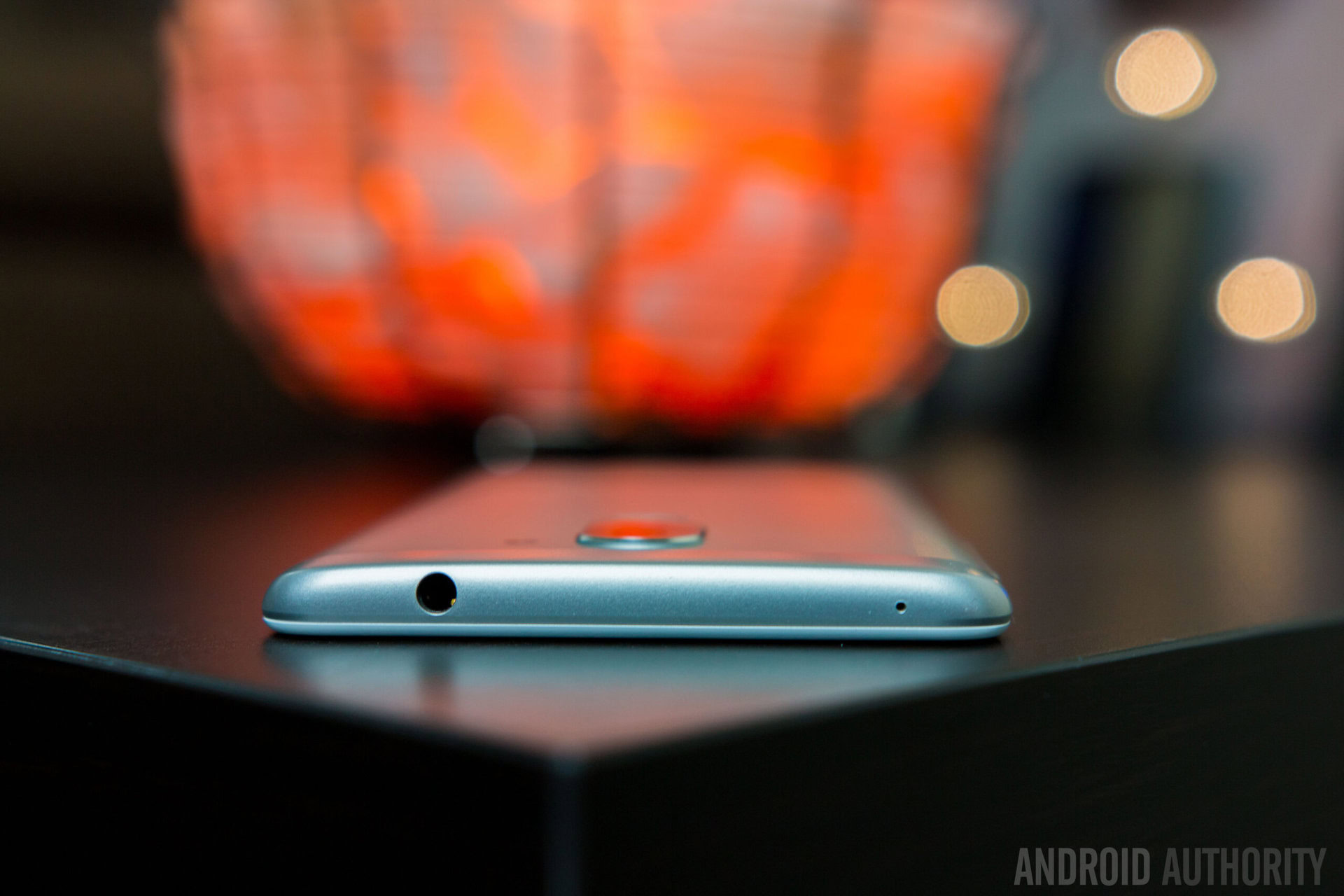
As smartphones evolve so do the features that come with them. Some of them stick around for a very long time, some trend down due lack in popularity or usefulness, and some simply fade away into obscurity and become obsolete. The point is, we’ve seen a lot of smartphone features come and go over the years for a variety of reasons, so let’s take a look at a handful of smartphone features that have trended down or no longer exist in the smartphone world.
Physical keyboards
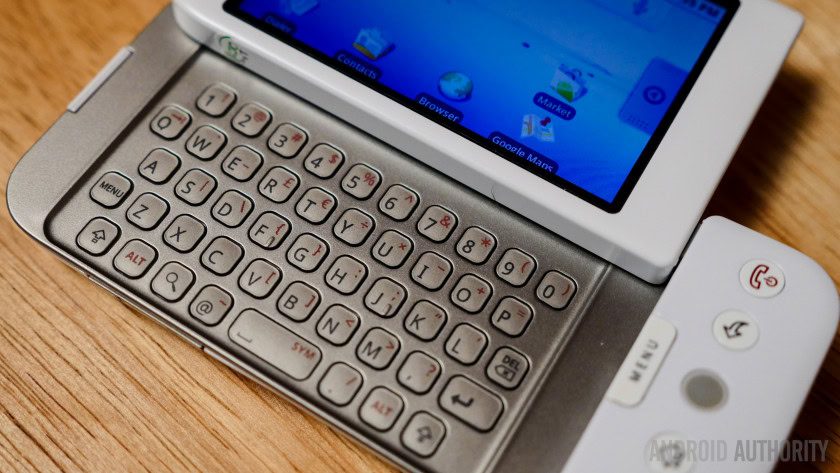
Back when smartphones used to have a wider array of form factors and capacitive touch screens weren’t as prevalent, physical keyboards on smartphones were extremely popular. We had the popular T-Mobile Sidekick line, Palm Pre and Blackberries dominated the smartphone market. Physical keyboards were everywhere.
Physical keyboards did not go away instantly following the introduction of the capacitive touch screen, but it did play a huge role in why we no longer see many phones with physical keyboards. There were plenty of popular Android phones like the Motorola Droid, the T-Mobile G1/G2, Sprint Epic 4G Touch, and many others that kept this form factor alive, but it wasn’t long until this feature slowly got phased out.
Over time touch screens became more responsive and so did the typing experiences on them, and gradually the arguments in favor of physical keyboards diminished. Manufacturers at the time were also striving to make their phones thinner, and with slimmer phones there just wasn’t room for physical keyboards anymore.
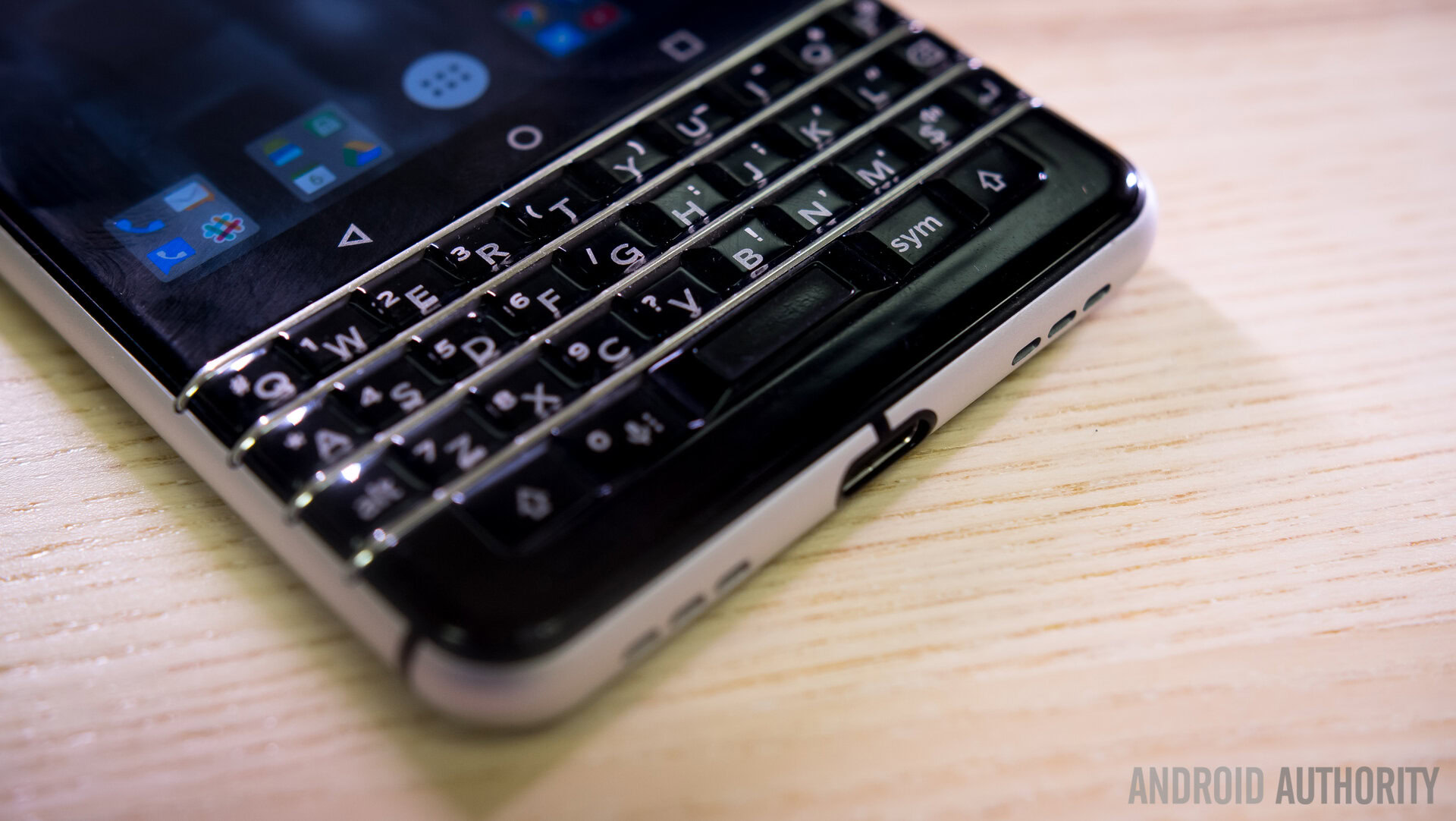
On a more materialistic level, as touch screens rose in popularity, physical keyboards just lost their “cool” factor. Obviously physical keyboards aren’t completely gone as one of the most current Android phones, the BlackBerry KEYOne, has a physical keyboard, but I highly doubt this means that physical keyboards are on the resurgence.
Trackball/trackpads
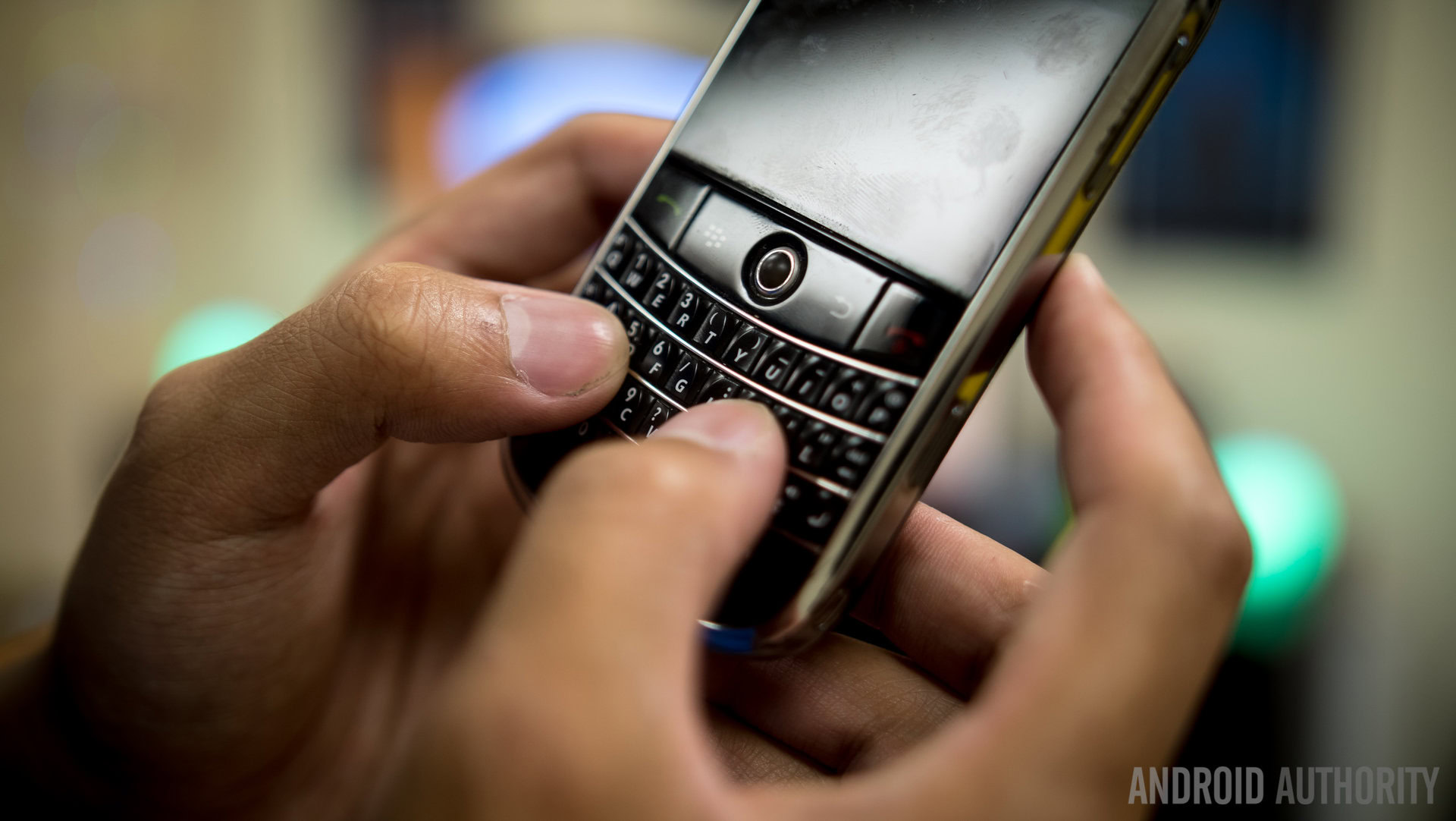
The capacitive touch screen really did change the way we use and interact with our smartphones in many ways and another feature that saw its demise from the rise of the touch screen were trackballs and trackpads. Trackballs made a lot sense when smartphones didn’t have touch screens and it served as our primary source of navigation. It was fast, accurate and much easier than using a d-pad. Many Blackberries like the Bold and Pearl and T-Mobile’s Sidekick line were some of the most popular devices at the time that featured this legacy navigation method.
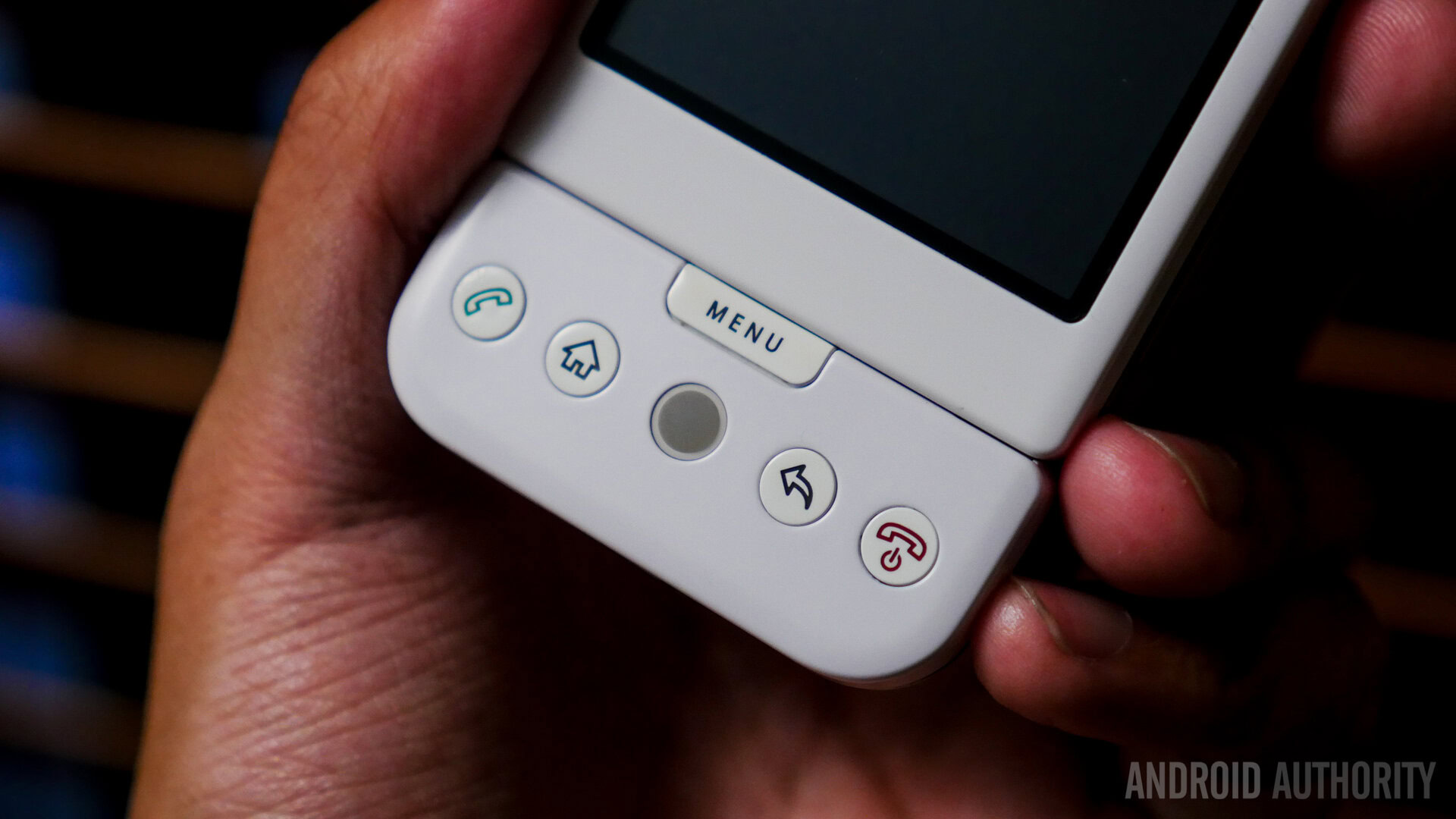
Just like the physical keyboard, trackballs stuck around for a short while, but it’s role on touch screen phones became quite different than it was on a non-touch screen device. Many early Android phones had a capacitive touchscreen and a trackball including the T-Mobile G1 and the very first Nexus phone, the Nexus One. The touchscreen became our primary source of navigating around the OS and the only time the trackball had a purpose were in situations where our fingers weren’t accurate enough i.e. positioning a cursor within a block of text.
The trackball eventually went away in favor of trackpads due to it’s lower rate of of failure, and we saw many HTCmade Android phones carry this feature, including the Legend and Droid Incredible. Blackberry adopted this change as well, but at this time Blackberries were still mostly non-touch devices so it still made sense to have them.
On Android phones or any touchscreen device really, trackpads just lost their purpose.
On Android phones or any touchscreen device really, they just lost their purpose. Using our fingers became the new and fast way of getting around our phones and eventually software made acts that required more accuracy, like copying and pasting or repositioning a cursor, a lot easier to do with our fingers, ultimately making the trackball/trackpad irrelevant and unnecessary.
Front-facing speakers
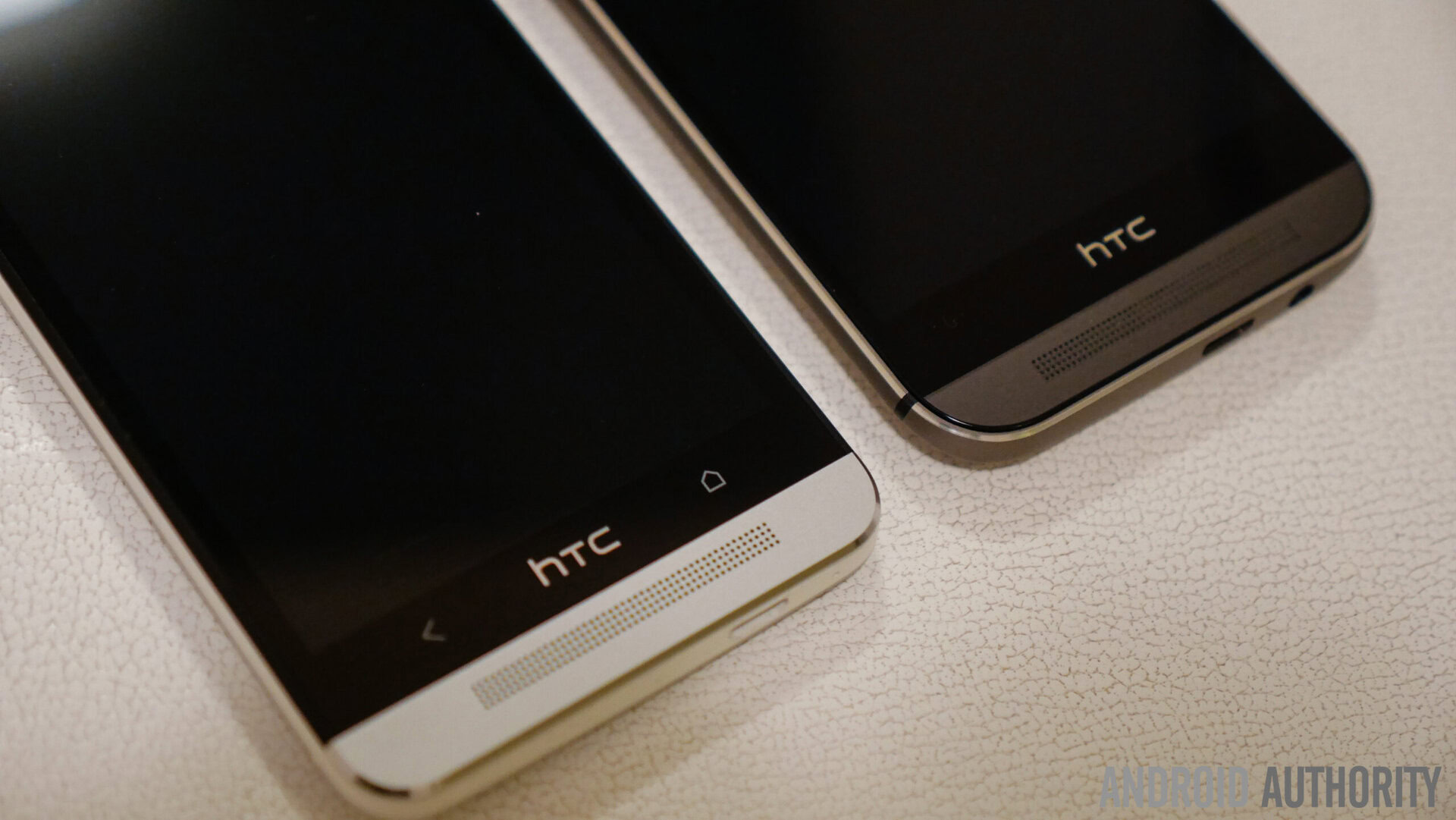
When you think of front facing speakers the company that most likely comes to mind is HTC, because they practically pioneered and introduced front facing speakers to the smartphone world with the HTC One M7 back in 2013.
HTC would go on to use this feature up until the release of the HTC 10, where they transitioned to a different speaker setup. They also implemented front facing speakers into their mid-range Desire lineup and during this time we saw more OEMs begin to adopt this feature. We had back to back years of Nexus releases with front speakers, for instance. There was the Nexus 6 from Motorola, and the following year HUAWEI built the Nexus 6P. We also had other companies release phones with front facing speakers like Alcatel with their Idol series of phones and the ZTE with the Axon 7 in 2016.
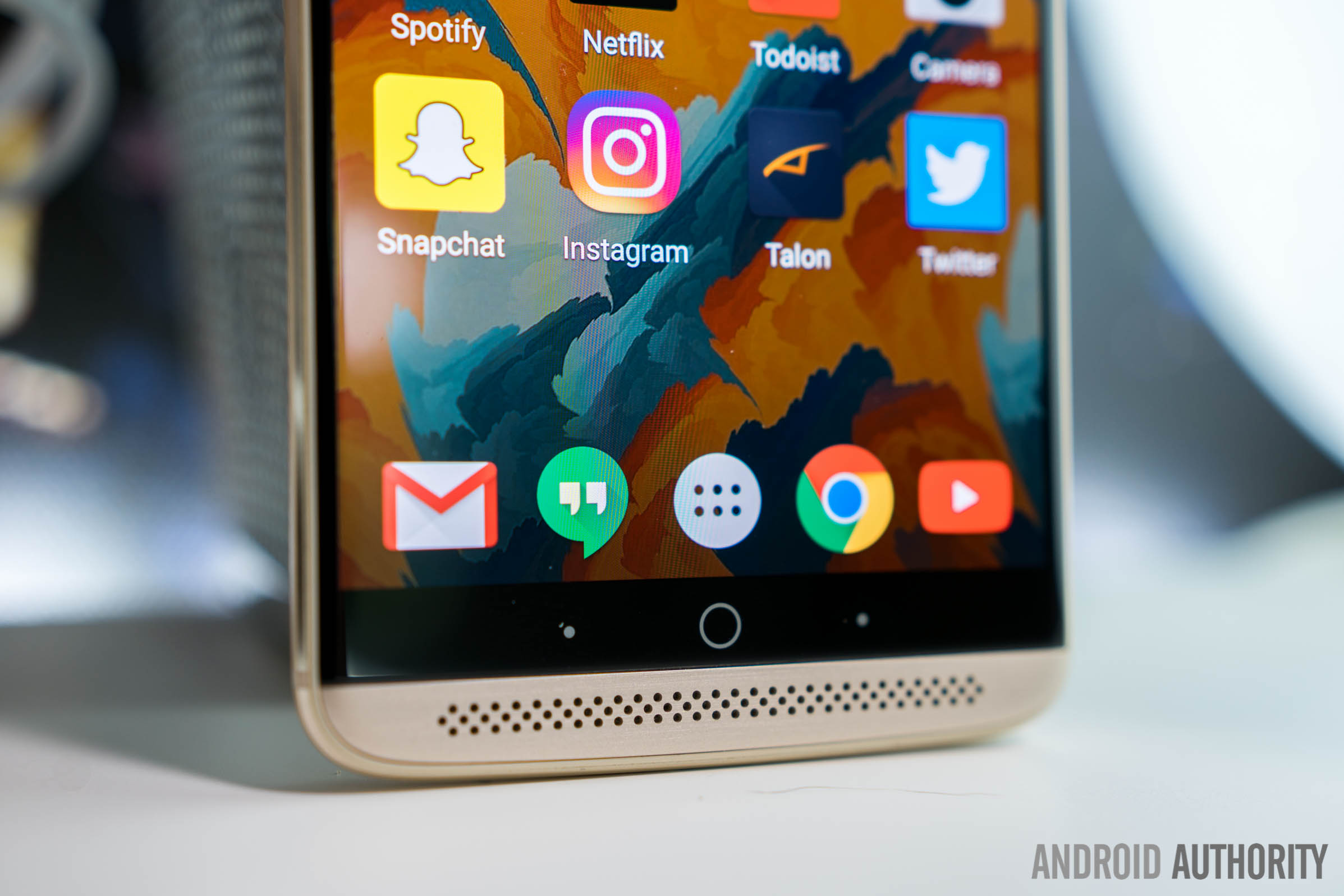
However, in 2016 there weren’t many phones released with front facing speakers and this was when the feature started to trend down. This was the year HTCmoved away front facing speakers with the release of the HTC10 and Google’s New Pixel line didn’t feature front facing speakers like the Nexus phones did in the previous 2 years.
There’s still a small handful of smartphones with front facing speakers. Sony is the biggest name that comes to mind with their XZ line but if you look at all the smartphone releases within the last year and a half, the majority of them have single front facing speaker setups.
Some of the biggest smartphone OEMs like Samsung, LG, or even Apple have never adopted front facing speakers and had they done so it might have become a more popular feature.
This can be attributed to a variety of different reasons. Many people probably like the idea of front facing speakers on smartphones but don’t see it as a complete deal breaker if it doesn’t have them. Some of the biggest smartphone OEMs like Samsung, LG, or even Apple have never adopted front facing speakers and had they done so it might have become a more popular feature. With Samsung and LG moving towards bezel-less screens the odds of them adopting them now seems unlikely.
It is possible that front facing speakers may make a slight resurgence as recent leaks of the Pixel 2 have shown front facing speakers. As it stands right now though, front facing speakers are not quite as common of a feature as we initially thought they would have been.
Removable batteries
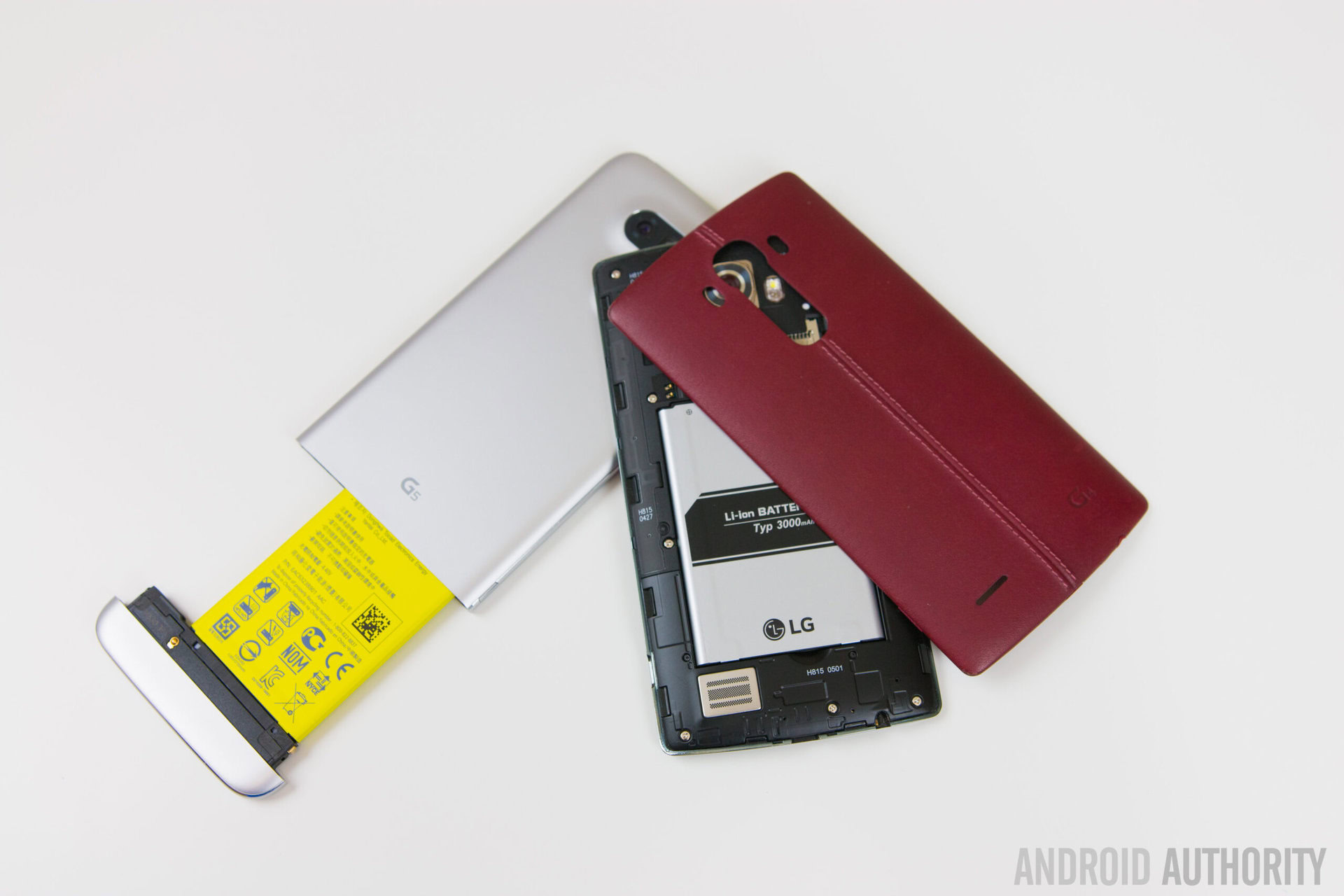
Removable batteries have more or less gone the way of the dinosaurs. Samsung and more particularly LG were two the biggest companies that stuck with removable batteries for a very long time, but the move to unibody designs was the trend that put an end to removable batteries. Unless you’re looking at an extremely cheap budget smartphone you’d be hard pressed to find removable batteries on the current crop of smartphones.
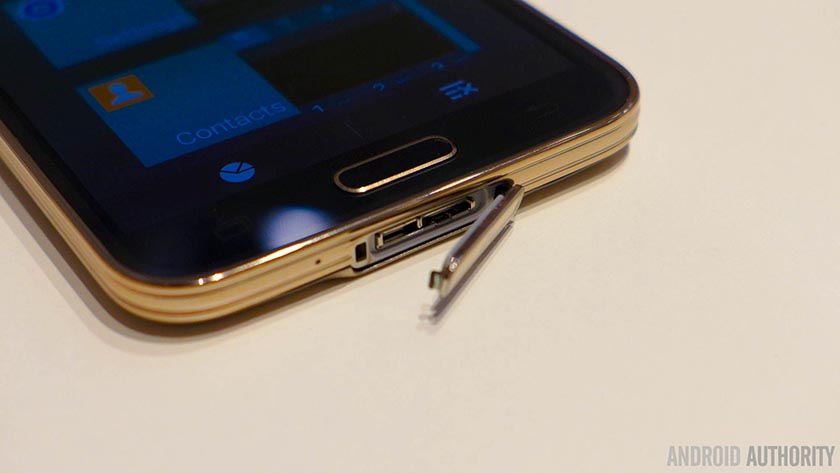
Water and dust resistance is another trend that ultimately killed the removable battery. It’s much easier to make a phone water resistant with a sealed in design versus a phone with a removable back and battery. Samsung was able to pull this off with the S4 Active and Galaxy S5 but you had to deal with flaps over the ports to keep the water out and there was a much higher chance of failure. Water could seep in much easier which was a big issue with the S4 Active when it came out.
Removable batteries were great due to the fact that you could swap in a fresh battery and instantly have a fully charged phone, but with technological advancements in fast charging and external battery packs being so easily accessible, having a removable battery just no longer seems necessary.
The headphone jack

The removal of the headphone jack on smartphones has been quite the hot topic since last year and while there’s still a lot of smartphones with headphone jacks, it’s hard to deny that it’s trending down.
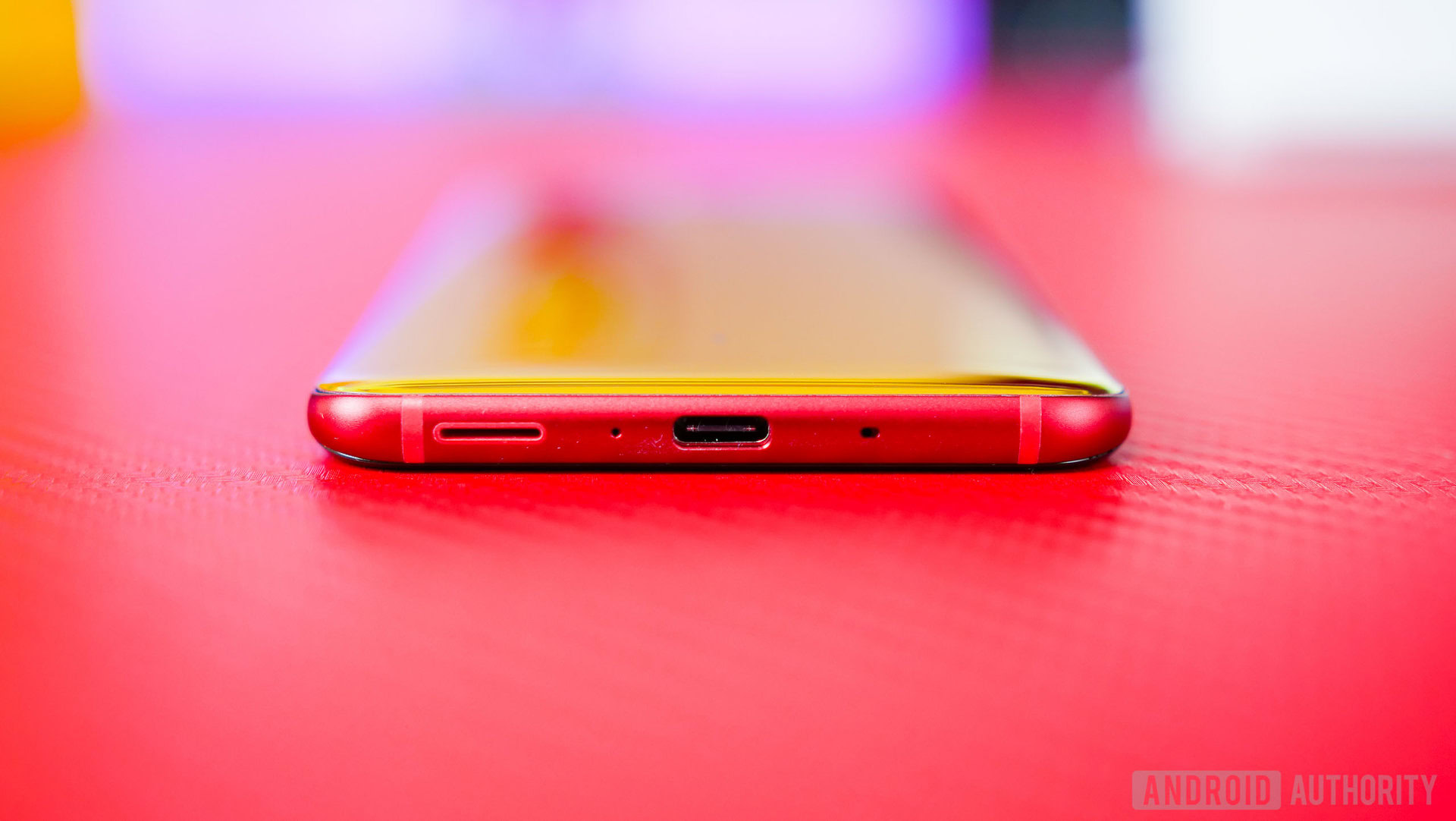
The biggest reason for this of course is the transition to USB type C, which is suppose to be our one port for everything. Many big smartphone OEMs like HTC, Motorola, and Apple have already removed the headphone jack, and whether we like it or not it’s only a matter of time that companies like Samsung and LG follow suit. The Pixel 2 is heavily rumored to not have a headphone jack and a big company like Google removing the 3.5mm port would only further solidify that the headphone jack is slowly becoming a thing of the past.
Don’t get me wrong. I love the headphone jack and it’s definitely sad to see it being phased out, but the only reason it’s so upsetting now is because we haven’t fully transitioned to USB type C. Once USB type C is being used in all the tech products in our lives without the need for adapters, we probably won’t miss the headphone jack when it’s gone.
Honorable mentions
While that rounds out our top 5 list, this list wouldn’t be complete without some honorable mentions.
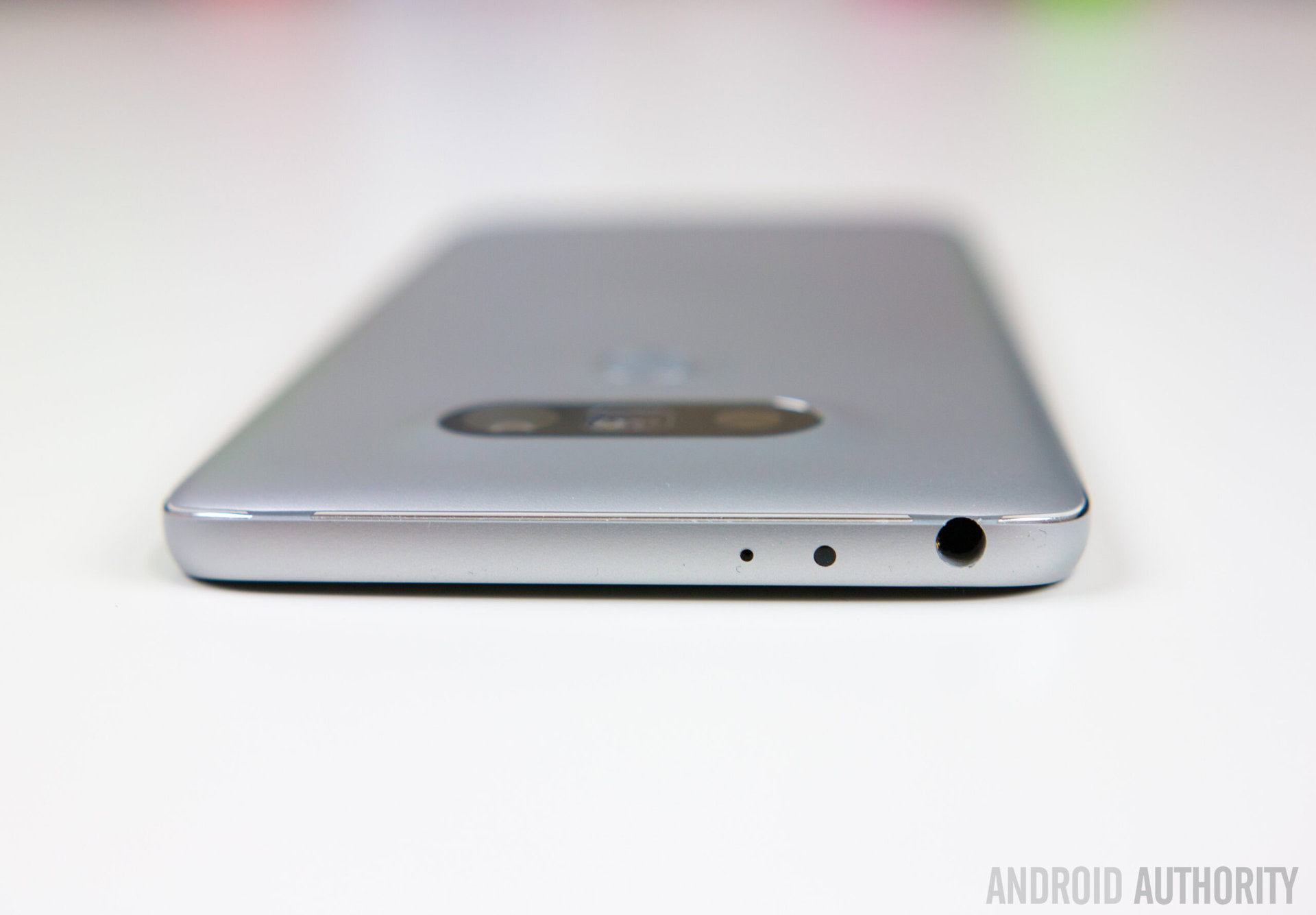
Remember the IR blaster? This feature was used by a ton of big name OEMs like HTC, Samsung, and LG several years ago and now none of these companies are using IR blasters in their smartphones. It certainly added a level of convenience to our smartphones but IR blasters are relatively old technology. As we move towards controlling technology in our home through Wi-Fi and bluetooth, the IR blaster is becoming nothing more than a blast from the past.
What about stereoscopic 3D? Bonus points if you remember because this trend didn’t last for long. We had phones like the HTCEVO 3D and the LG Thrill that tried to create 3D experiences on our smartphones with a 3D display and dual cameras that captured 3D images.
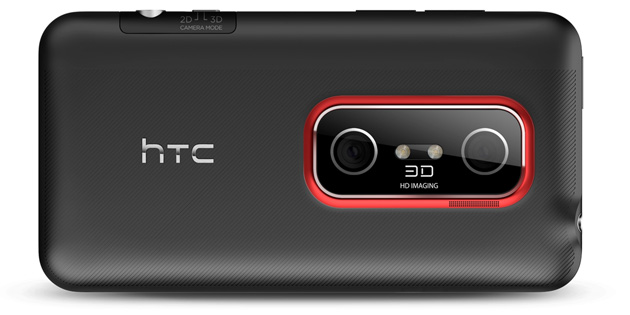
I suppose you could say in some ways these phones were ahead of their time as they had dual cameras before dual cameras was even a thing on smartphones, but the whole 3D aspect turned out to be a gimmick. During this time 3D TVs and 3D movies in theaters were on the rise and OEMs tried to capitalize on this by bringing 3D to the smartphone world, but it turned into nothing more than a failed experiment. Hence why it disappeared just about as fast as it was introduced.
But what do you think of this list? Are there any features on this list that you wish were still a part of smartphones today or had become more popular? Do you miss physical keyboards, IR blasters, and are you sad that the headphone jack is slowly being phased out? Feel free to sound off in the comments below as we’d love to hear your thoughts!